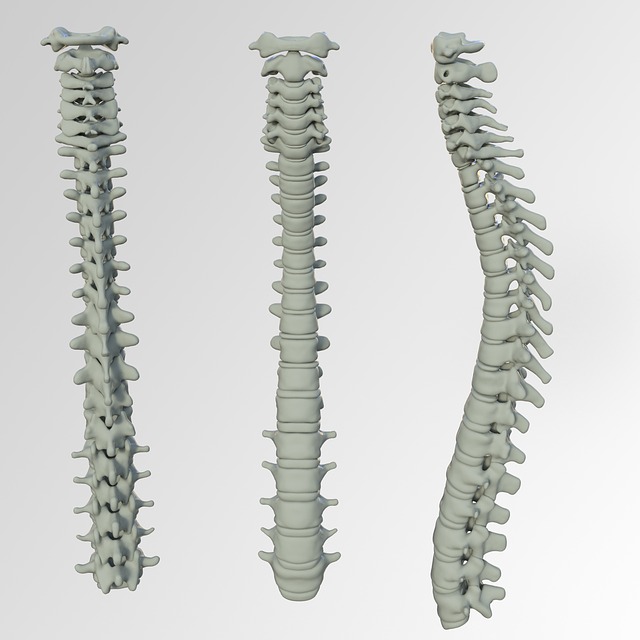Intervertebral discs are shock absorbers for the spine. Their inner is made of a gel-like substance called the nucleus pulposus. The nucleus has a high water content and is enclosed in a tough fibrous casing called the annulus fibrosis).
Together they cushion the spinal joints and allows space for nerves to flow out to control every part of the body.
This tougher outer casing of the in vertebral disc should hold and support all the inner substance of the disc material. It is then all held together by the surrounding ligaments and muscles.
Disc injuries, sometimes referred to as disc derangement, prolapsed disc, herniated disc or slipped disc, are extremely common. Many people walk around everyday with a disc herniation that goes undiscovered until pain occurs.
The most common age for a disc injury is 40 but even teenagers can have disc problems. Symptoms can be a gradual or sudden onset of pain. This pain can be constant or intermittent.
The symptoms can range from pins and needles or numbness right through to debilitating pain which makes it difficult to move.
Pain can be localised or referred through the gluteus (butt) down through the leg and foot. Symptoms can be even or just one side. A general rule is that the further the symptoms travel through the limbs the more severe the problem.
This can also depend on the amount of the gel like substance (nucleus pulposus) protruding through the harder casing (annulus fibrosis) and putting pressure on the nerve canal.
Fixing The Problem
Disc injuries can be slow healing because of the limited blood supply in the discs. Muscle imbalance and poor posture must be addressed and movement patterns re-educated from a neural level to get the body back to function and strength.
It is extremely important to do the corrective exercises that will centralise and stabilise the disc. Incorrect movement can push you the body more vulnerable positions.
Learning functional movement patterns gives a person strength and confidence to lift and move in the correct way so further injury can be avoided and lifetime activities can still be enjoyed.
Other factors of importance are staying hydrated to keep disc’s plump. Dehydrated discs are like flat tyres to a car – much more likely to wear faster or blow out.
As a disc dehydrates and shrinks it causes the surrounding ligaments to be loose (known as ligament laxity). Correct nutrition and appropriate rest/sleep is also imperative for all healing.
Why Do Disc Bulges Occur?
While accidents, knocks and bangs can cause disc injuries, they are more often the result of damaging long-term sitting, working or sporting positions along with weak supporting muscles.
The most common muscle imbalance associated with disc injuries is a flat position (see pic) in the low back with a kyphotic (slouched upper back), This generally includes tight hamstrings and glutes (butt) and a weak core/abdominals.
This muscle imbalance puts a constant pressure on the disc that weakens it over time, leading to the disc material pushing outwards or sideways and pressing on the spinal canal.
Think of it like a hole in the toothpaste tube: if the toothpaste squirts out it is sometimes impossible to get back in. If the problem is not addressed in early stages, sometimes surgery is needed.
There are seven different stages of disc derangement and if the disc material has protruded a long way, surgery may be required.
A diseconomy is when a surgeon goes in, sometimes microscopically to minimise scaring and damage, and shaves off the disc material that is pressing on the nerves and causing pain.
This can help relieve the pain but it does not fix the underlying problem. Symptoms are the bodies warning signs. It is important to listen to the body and take action to address the problem. Just like the old saying “A stitch in time saves nine”.






